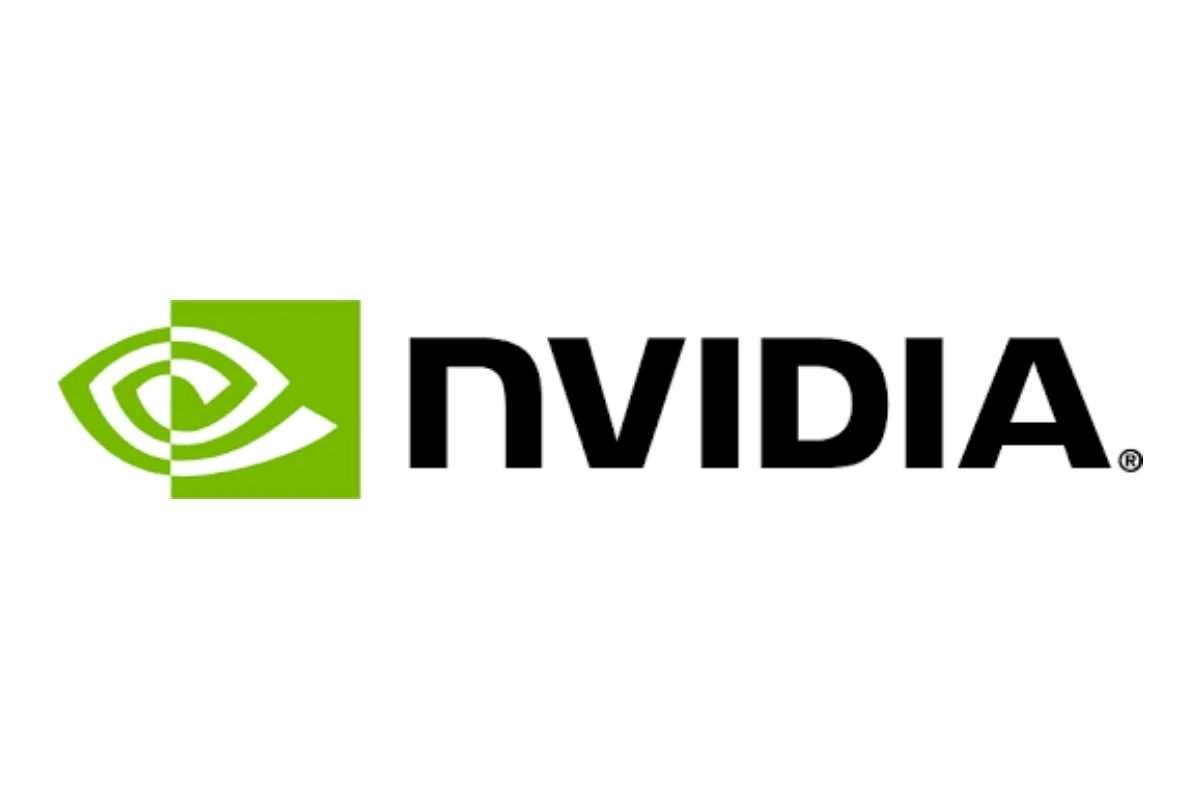NVIDIA has recently released the beta version of its NVIDIA 570 graphics driver for Linux, FreeBSD, and Solaris systems, bringing a host of new features and performance upgrades. This update notably introduces support for variable refresh rate (VRR) on multi-monitor setups, significantly enhancing the gaming experience.
Key features of the NVIDIA 570 graphics driver series include:
- VRR support on multi-monitor setups, enabling smoother visuals.
- The ability to query Dynamic Boost status.
- 32-bit compatibility for the NVIDIA GBM backend.
- A new kernel module parameter,
conceal_vrr_caps, which can be used to work with some displays that have features incompatible with VRR, such as Ultra Low Motion Blur.
Additional enhancements include the integration of systemd suspend-then-hibernate methods for system sleep and support for container runtimes related to NVIDIA drivers. The driver also optimizes support for popular video games like Assassin’s Creed Valhalla and Assassin’s Creed Mirage.
Moreover, significant updates to the nvidia-settings control panel are included, now utilizing NVML instead of NV-CONTROL for managing GPU clocks and fan speeds on Wayland systems, while also enabling GPU overclocking controls by default for compatible GPUs.
The NVIDIA 570 series also supports the VK_KHR_incremental_present extension for Vulkan and includes default options that enhance compatibility with the latest Linux kernels.
For those interested in testing the NVIDIA 570.86.16 beta graphics driver, it is available for download on the official NVIDIA website. However, users are advised to avoid installing this beta version in production environments. For stable use, it is recommended to stick with the NVIDIA 565 or NVIDIA 550 driver series.
For further details on the driver’s changes, you can refer to the release notes.
